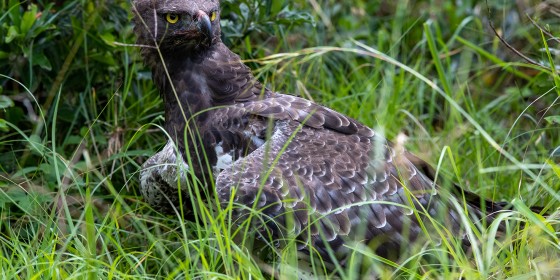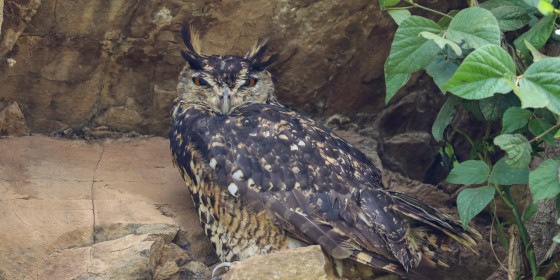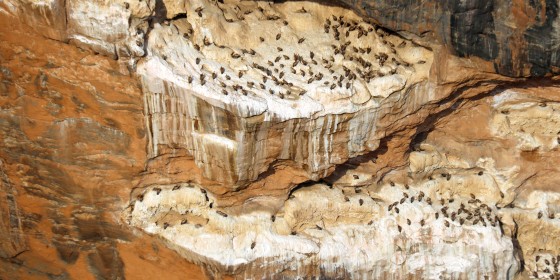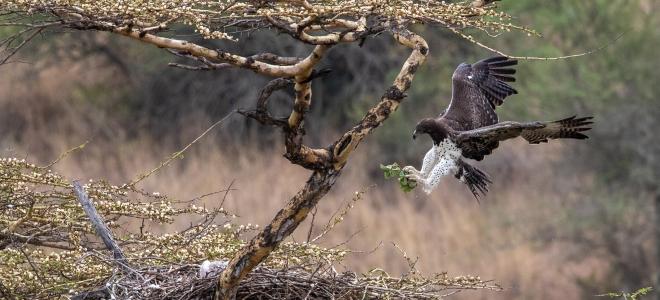Although it is clear that raptors are declining across the continent, we still have a limited understanding of what specific threats are most detrimental to each species. Knowledge of raptor populations starts with an understanding of their population dynamics, their breeding and survival, and how these are influenced by humans and their environment. Apart from counting raptors, we also study raptor breeding rates by locating their nest sites and observing breeding success.
OUR IMPACT: 24,000 kilometers of roads surveyed, 30 years of raptor data collected, over 300 raptor nests monitored annually

Ralph Buij
Africa's Raptors are in Crisis
Our Solutions

Darcy Ogada
Our Solutions

Martin Odino







